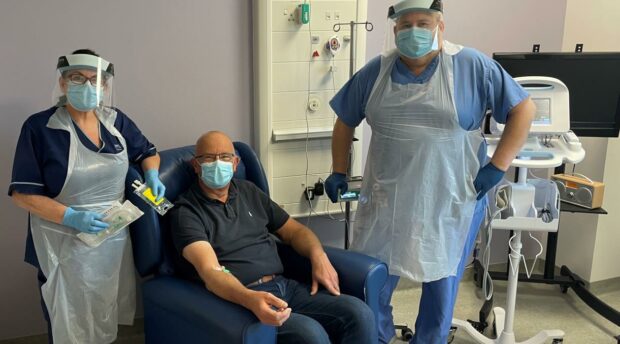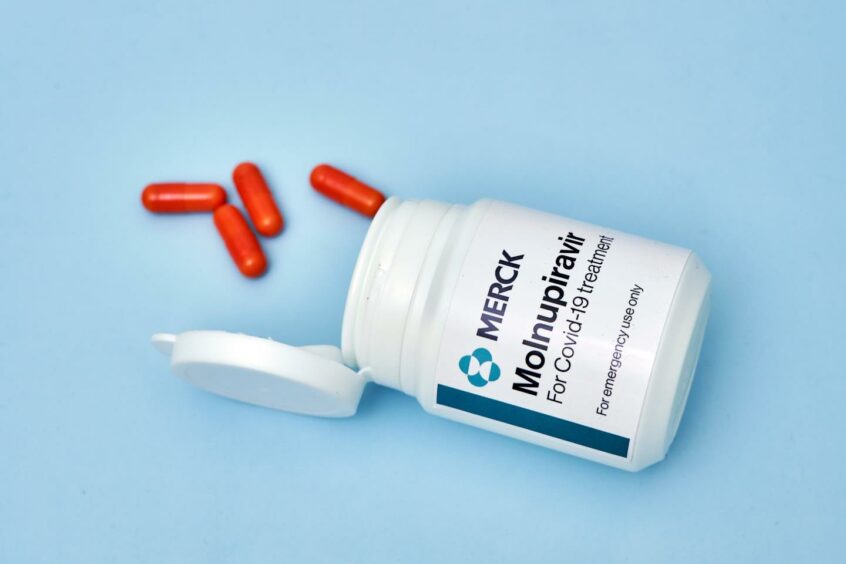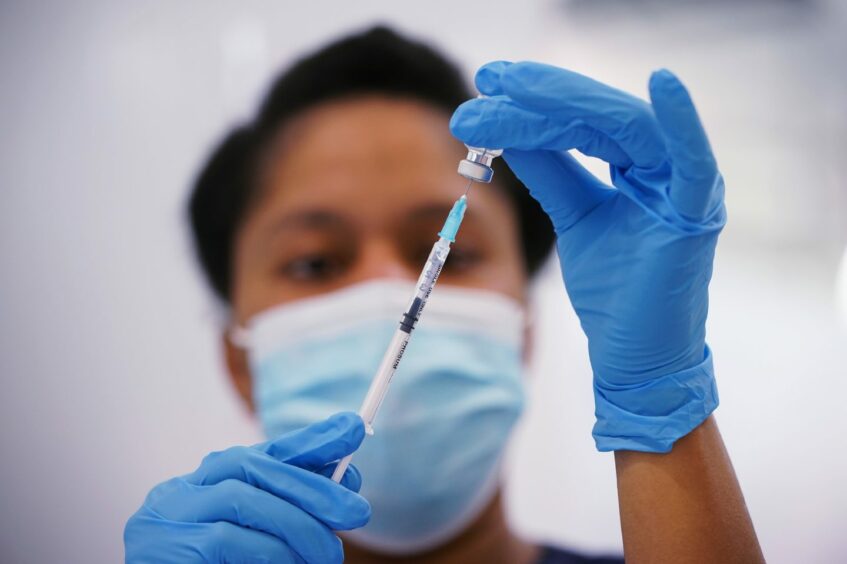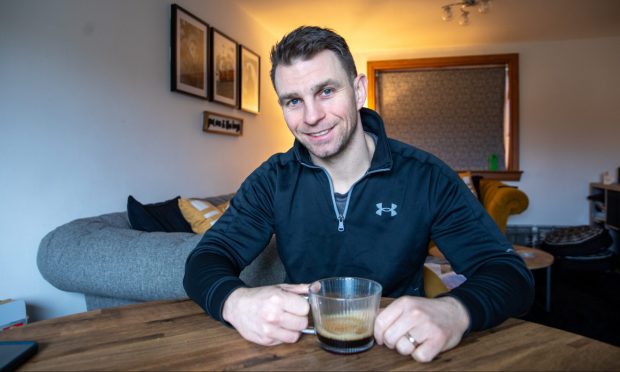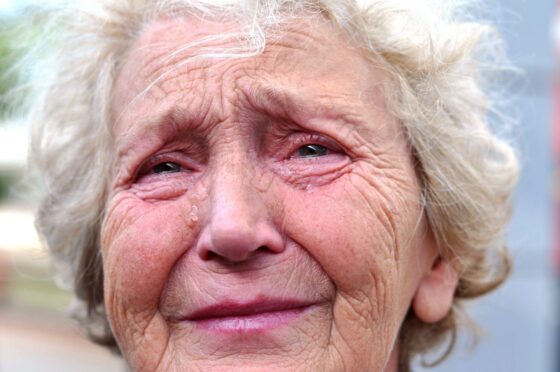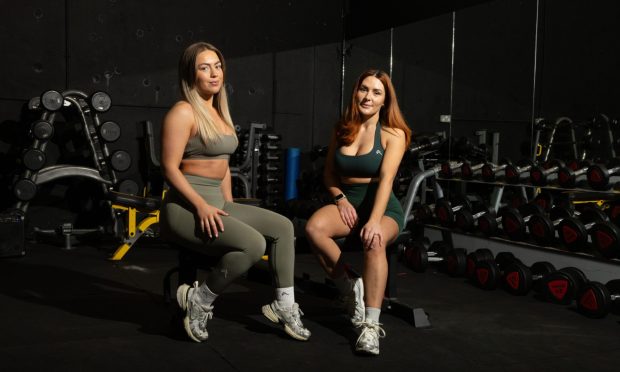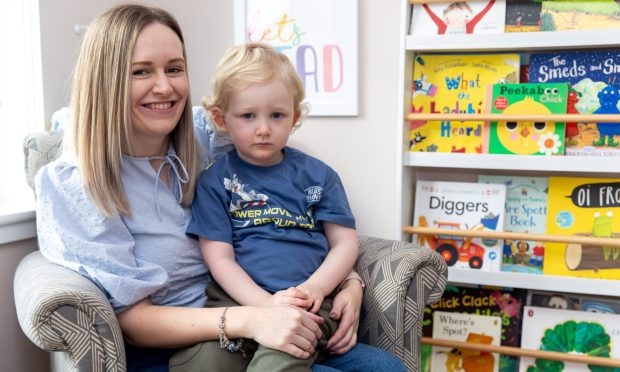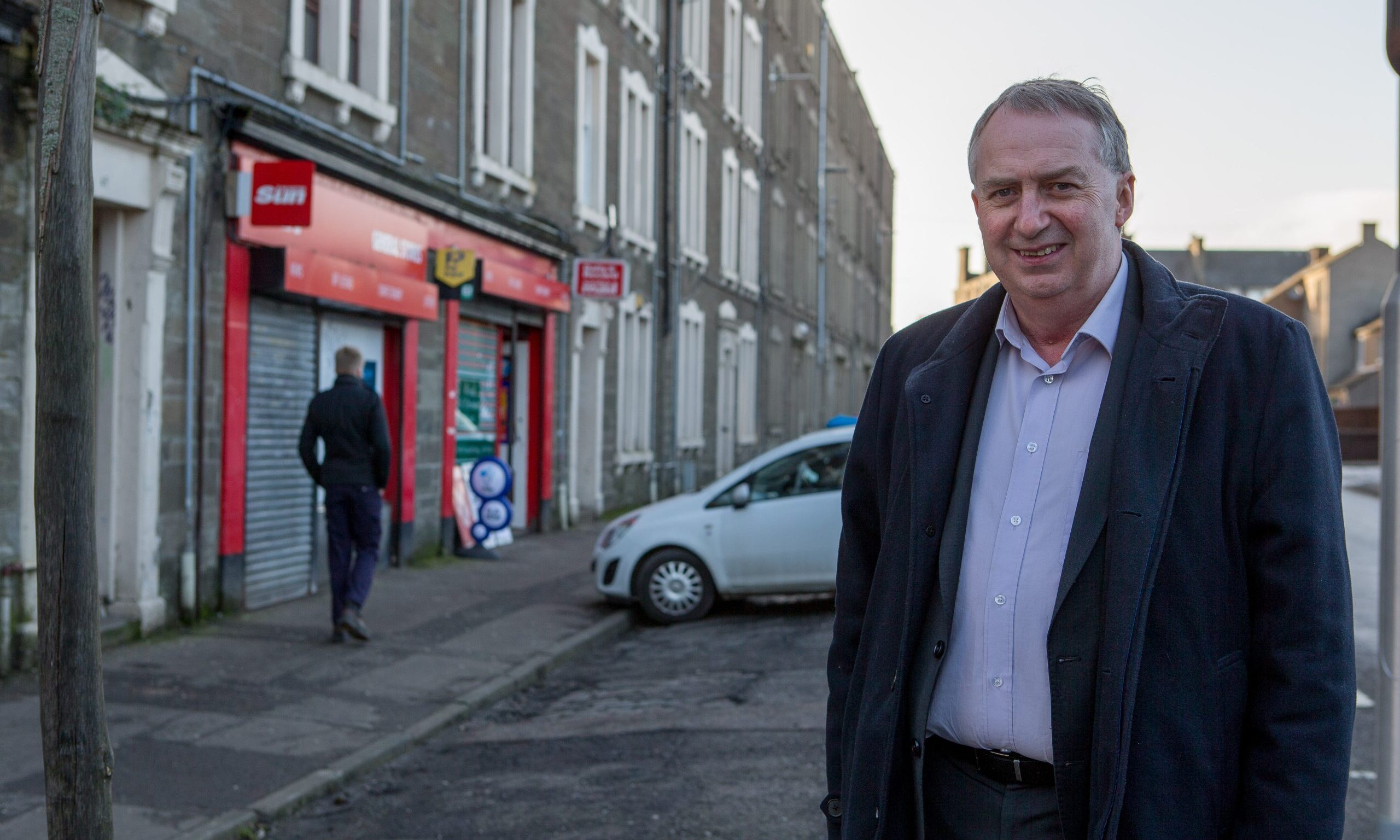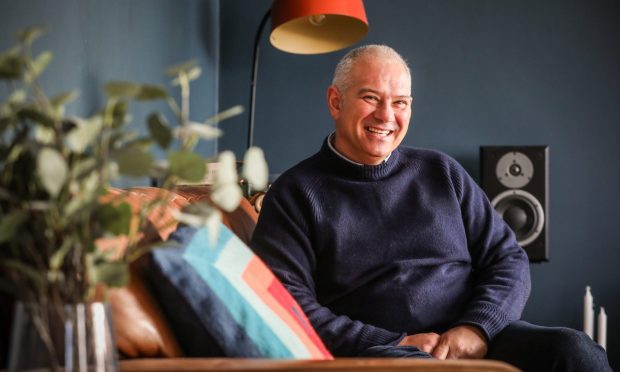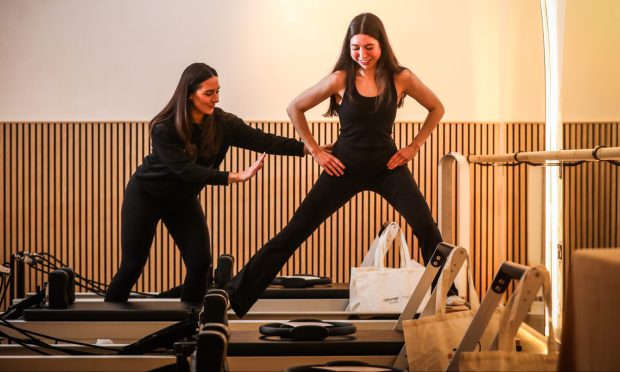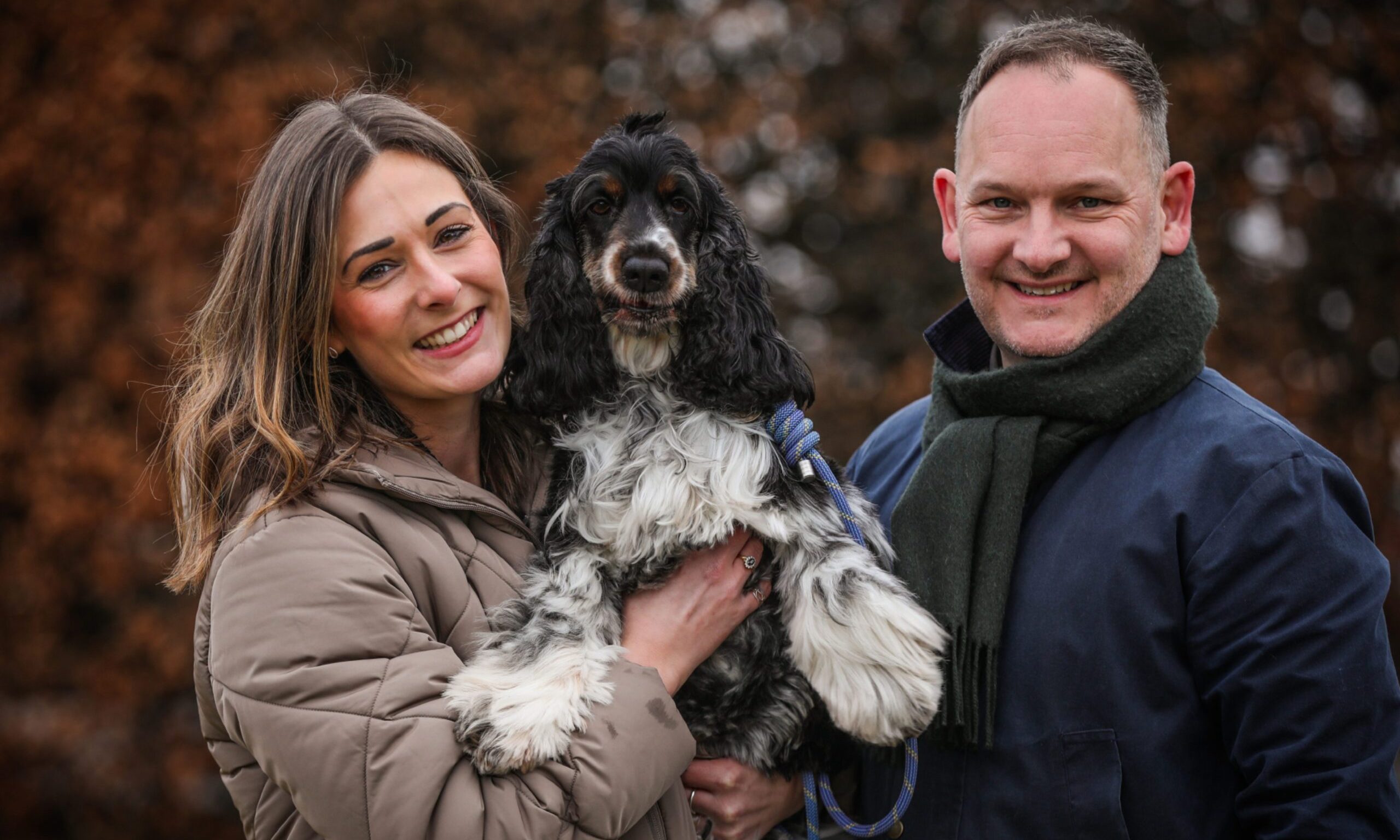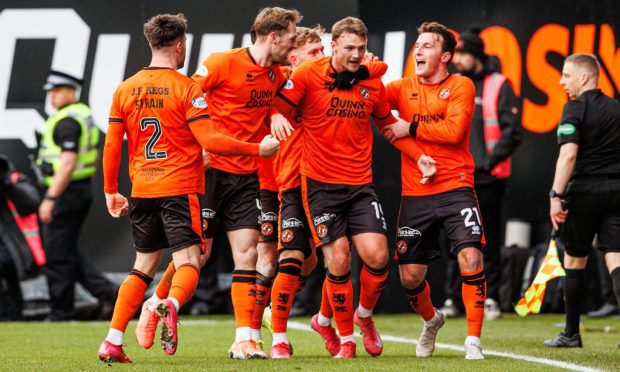A Kirkcaldy man is one of the first in the country to receive new ground-breaking Covid treatment.
The first patient in Fife, who wanted to remain anonymous, was also one of the first in the country to be treated.
He received the treatment in Kirkcaldy’s new specialist unit, also one of the first of its kind in the UK.
But who is eligible? And how do you access the treatment if you get Covid?
Where is the new unit and what does it do?
The Covid-19 Outpatient Assessment (COPA) unit opened last month in Ward 51 at the Victoria Hospital, Kirkcaldy.
It offers new, rapid treatments to treat Covid in high-risk patients.
Treatments on offer include a monoclonal antibody and another called molnupiravir, both of which only recently became available.
The new service was set-up and overseen by Deputy Director of Pharmacy and Medicines Ben Hannan.
He is also supported by a large multi-disciplinary team of respiratory consultants, pharmacists and nursing staff.
What do these new treatments do?
The new treatments give high-risk patients an infusion or an oral antiviral treatment.
They support the immune system and reduce the chances of worsening infection to try to stop more serious illness.
The new treatments can only be offered in the very early stages of the virus.
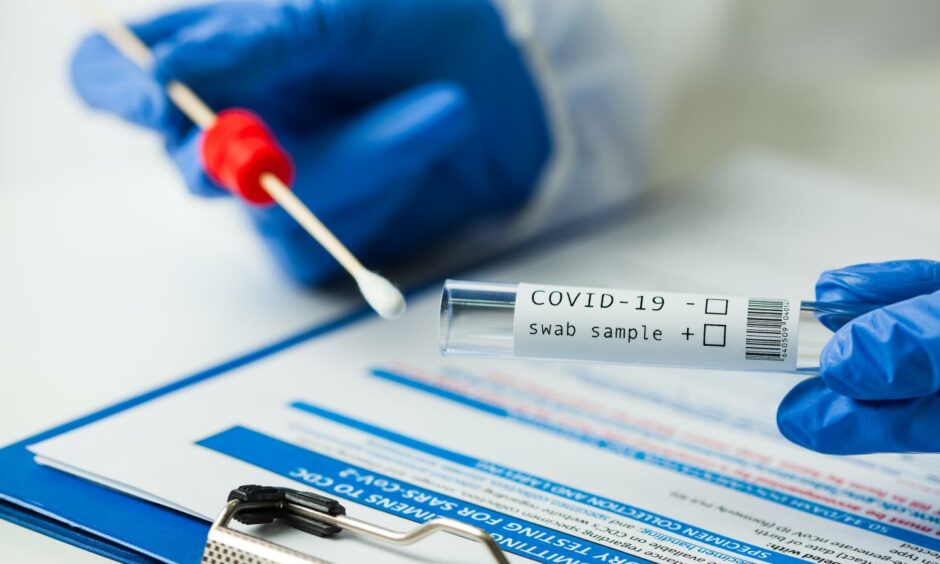
They must be administered within five days of the onset of Covid symptoms and a positive Covid test.
Patients receive these new treatments as outpatients in the unit and can return home shortly after.
Can I get the treatment?
These treatments are for those at the very highest risk of the effects of Covid.
Dr Devesh Dhasmana is a consultant in respiratory medicine in Fife and says they provide a “very effective treatment option” in helping to reduce serious illness amongst those most at risk.
But, he adds, they’re not a substitute for vaccination which is as vital as ever.
But who is eligible?
Those eligible include transplant recipients and those with conditions such as:
- Down’s syndrome.
- Sickle cell disease.
- Cancers.
- Severe kidney and liver disease.
- HIV/AIDS.
- People with compromised immune systems.
How will I know if I’m eligible?
Patients in Fife considered clinically high risk due to their medical circumstances are getting letters with information.
It will tell them how to refer themselves promptly for treatment to the unit should they test positive for the virus.
Dr Devesh Dhasmana adds: “We know Covid infection can pose at risk to anyone, however, there are people with certain health conditions who are at very high risk due to the effects of the virus.
“When administered in the earliest stages of Covid, they can be very effective in preventing the virus from causing more harm and reduce the chances of vulnerable people becoming seriously unwell.”
